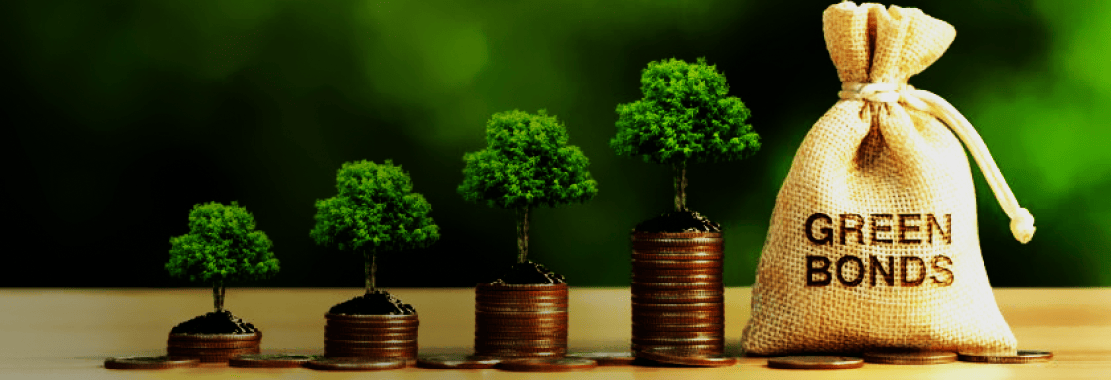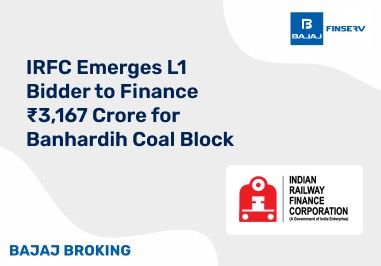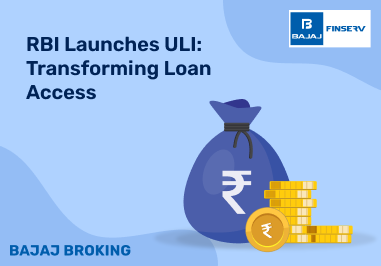Like most bonds, a green bond is a fixed-income debt instrument. The purpose of a green bond is to help raise funds for environmental projects. Green bonds are asset-linked and have the backing of the issuing company’s financials.
In this article, we dive a little deeper into what green bonds are all about including their features, types and even the pros and cons of investing in green bonds.
Additional Read: What is a Bond: Benefits, Features, Working & Types
What is Green Bond in Finance
The popularity of green bonds has risen of late, mainly due to the increasing focus on bringing positive changes around climate change and other environmental challenges. With the help of green bonds, investors can balance their financial goals without compromising on their values surrounding climate change. By investing in fixed-income debt instruments like green bonds, investors can help entities fund environmental projects that can have a positive impact on climate change.
Green bonds are like most traditional bonds in many aspects. For example, similar to traditional bonds, green bonds also provide investors with a fixed return along with a promise that the money invested by the investor would be used to either fully or partly finance sustainable projects.
Green bonds are usually issued by public, private, or multilateral organizations to raise capital for strategies that can help play a part in establishing a sustainable economy. Some examples of projects that are funded by green bonds include conservation, wastewater management, preventing pollution, construction of green buildings, and development of renewable energy sources and their utilization.
Features of Green Bonds
Some of the main features of green bonds are listed below;
- Social Responsibility:
Green bonds help investors fund projects that have a positive environmental impact, providing them with an opportunity to be a part of overall societal change.
Stable Returns:
Since green bonds are fixed-income debt instruments, they provide investors with stable returns till the time of their maturity
Low Risk:
The debt market is usually not as volatile as the regular stock market. Due to this feature, green bonds are considered to be a low-risk investment.
Tax Benefits:
Green bonds also provide tax benefits on the returns that are earned by the investor from them. Tax benefits on the Interest earned, maximizing the returns of the investor
Transparency:
Green bonds provide transparency when it comes to providing information regarding how the funds provided by the investors are being managed and the impact it is having.
Types of Green Bonds
In India, there are three main types of green bonds. Listed below are more details about them:
- Sovereign Green Bonds
Green bonds issued by sovereign organisations are known as sovereign green bonds. Such green bonds provide investors with various tax benefits and a longer tenure. When investors fund a sovereign green bond, they are essentially providing funds towards establishing environment-focused projects along with any green goals that the government might have in mind.
2. Hybrid Bonds
Hybrid bonds are also known as covered bonds. These types of green bonds provide investors with two alternatives. This is in case the issuer defaults on the interest payments. In such cases, investors will have access to both the covered pool and the issuer.
3. Asset-Backed Bonds
When the funding of a green bond comes from using an asset as collateral, it is known as an asset-backed bond. These assets are particularly the ones that produce cash flow through debt.
Green Bond Examples
Many entities issue green bonds and the World Bank happens to be one of the major issuers of green bonds. It is reported that in 2022, the World Bank had issued $40.8 billion worth of bonds. It also saw $28.2 billion in funds being disbursed and a lending commitment of $33.1 billion
This is a major growth compared to what the bank had reported between 2008 and 2020 where $14.4 billion green bonds were issued. In this case, 33% of the money raised was used to fund energy and efficiency projects, 27% towards clean transportation aand 15% towards agriculture and land use.
One of the World Bank’s very first projects funded through green bonds was the Rampur Hydropower Project. The purpose of this project was to provide hydroelectric power to the electricity grid in northern India with a low-carbon footprint. The Project is known to produce close to 2 megawatts per year while avoiding close to 1.4 million tons of carbon emissions.
Pros and Cons of Green Bonds
Like most investment opportunities, green bonds also come with their fair share of pros and cons. Some of them are listed below:
Pros
- Enables investors to take part in projects that contribute towards creating a positive impact on the environment.
- While truly making a difference in the world, investors can also earn fixed income on the principal they had invested till its maturity.
- As the bond market is not as volatile as others, investing in green bonds is a low-risk option.
Cons
- The maturity or tenor of green bonds is longer as such green projects usually take a long time to complete and implement.
- When you compare green bonds with other other debt instruments, the returns are usually lower.
Conclusion
If you are looking to invest in green bonds, it is important to know what they stand for. Green bonds are fixed-income securities that help fund environmentally friendly projects. Green bonds provide investors with tax benefits, help them become a part of making a difference where climate change is concerned and incentives for the same. With the help of green bonds, investors can balance making profits while aligning with their environmental values.

























